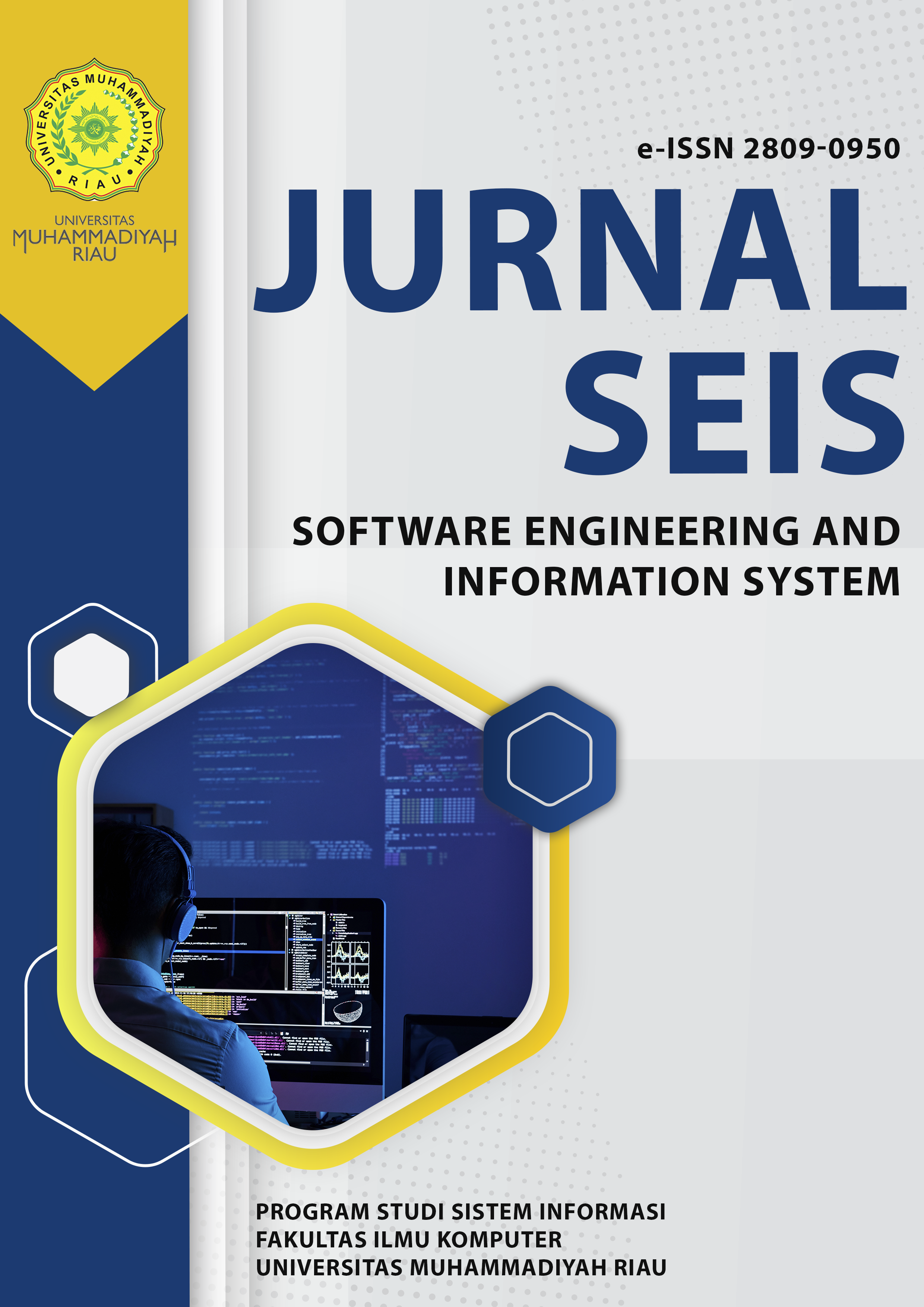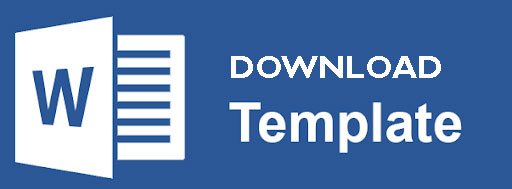PERANCANGAN SISTEM INFORMASI AKADEMIK BERBASIS WEB PADA MTSN 5 MUARO JAMBI
DOI:
 https://doi.org/10.37859/seis.v5i2.9611
https://doi.org/10.37859/seis.v5i2.9611
Abstract
The manual management of academic data has the potential to cause various obstacles, such as delays in grade distribution, data duplication, and input errors. This study aims to design a web-based academic information system at MTsN 5 Muaro Jambi as a solution to these problems. The system was developed using the Waterfall method with the PHP programming language and a MySQL database. The database design was carried out in a structured manner to support the integrity and efficiency of academic information management. The novelty of this study lies in the integration of grade management, attendance, and schedule features into a single web-based platform, which has never been implemented before at MTsN 5 Muaro Jambi. The system was designed to involve three main actors: the admin as data manager, teachers as data managers, and students as recipients of online academic information. The implementation results showed that the system was able to improve recording accuracy, accelerate information distribution, and support academic data transparency. Testing using the blackbox testing method proved that the system's main functions ran as needed, while user acceptance trials involving teachers, students, and administrative staff showed the system was easy to use and useful in supporting the academic process.
Downloads
References
Alamsyah, N. (2020). Database management system (DBMS) untuk pemula. Deepublish.
Ambarita, C. G., & Huda, Y. (2024). Perancangan sistem informasi akademik berbasis web di SMK Negeri 2 Kisaran. Jurnal Pendidikan Tambusai, 5(3).
MUHAMMAD ARIF. (2016). Bahan ajar rancangan teknik industri. Deepublish.
Mulyanto, A. (2019). Sistem informasi: Konsep & aplikasi (Revisi). Pustaka Pelajar.
Nugroho, A. (2017). Rekayasa perangkat lunak berbasis objek dengan UML dan Java. Informatika.
Pressman, R. S., & Maxim, B. R. (2020). Software engineering: A practitioner’s approach (9th ed.). McGraw-Hill Education.
Purma Ramadhan, F. (2025). Analisis Dan Perancangan Sistem Informasi Pengelolaan Data Alumni Berbasis Web Pada SMK N 1 Kempas. Jurnal Manajemen Teknologi Dan Sistem Informasi (JMS), 5(1), 1017–1027.
Rizky, S. (2020). Konsep dasar rekayasa perangkat lunak. PT Prestasi Pustaka.
Rosa, A. S., & Shalahuddin, M. (2021). Rekayasa perangkat lunak terstruktur dan berorientasi objek. Informatika.
Septiawan, A. (2020). Perancangan sistem informasi akademik berbasis web pada SMK Taman Budaya Kota Jambi. http://repository.unama.ac.id/1574/
SEVIMA. (2022). Penting! Ini 5 fungsi utama sistem informasi akademik (Siakad). https://sevima.com/penting-ini-5-fungsi-utama-sistem-informasi-akademik-siakad/
Sukaca, E. J., Wisnubhadra, I., & Ardanari, P. (2024). Pembangunan sistem informasi akademik berbasis website di SMPN 8 Balikpapan. Jurnal Informatika Atma Jogja, 5(2).
Sutarman, H. (2021). Pengantar teknologi informasi. Bumi Aksara.
Tamam, A. S., Sukisno, & Nurhafsari, A. (2023). Perancangan sistem informasi akademik pada SMA Tangerang 1 berbasis Laravel. Jurnal Ilmiah Fakultas Teknik, 3(2), 122–130.
Tamba, H. R., & Bintang. (2020). Perancangan sistem informasi akademik berbasis web (Studi kasus: SMA Negeri 13 Kota Jambi). http://repository.unama.ac.id/1285/
Downloads
Published
Versions
- 2025-10-15 (2)
- 2025-08-26 (1)
How to Cite
Issue
Section
License
Copyright (c) 2025 Fauzan Purma Ramadhan, Dianda Rifaldi, Iriene Putri Mulyadi, Vanji Saputra

This work is licensed under a Creative Commons Attribution-ShareAlike 4.0 International License.
Copyright Notice
An author who publishes in the Journal of Software Engineering and Information System (SEIS) agrees to the following terms:
- Author retains the copyright and grants the journal the right of first publication of the work simultaneously licensed under the Creative Commons Attribution-ShareAlike 4.0 License that allows others to share the work with an acknowledgement of the work's authorship and initial publication in this journal
- Author is able to enter into separate, additional contractual arrangements for the non-exclusive distribution of the journal's published version of the work (e.g., post it to an institutional repository or publish it in a book) with the acknowledgement of its initial publication in this journal.
- Author is permitted and encouraged to post his/her work online (e.g., in institutional repositories or on their website) prior to and during the submission process, as it can lead to productive exchanges, as well as earlier and greater citation of the published work (See The Effect of Open Access).
Read more about the Creative Commons Attribution-ShareAlike 4.0 Licence here: https://creativecommons.org/licenses/by-sa/4.0/.










